So, you've decided to start a hobby aquarium. That's a great decision! Keeping fish as pets is a rewarding hobby, which will give you hours of pleasure, and is not as demanding on your time as other pets. Additionally, an aquarium will make the interior of any home more beautiful.
But don't be fooled. It's not just a matter of filling a tank with water, adding some fish, and sitting back and enjoying them. There are some important decisions to be made up front, as well as some commitments you must make regarding maintenance of your tank.
One of the first decisions that you'll need to make is what kind of fish do you want to keep? For a beginner, I'd advise against a salt water aquarium, since they require more time, attention and maintenance than a fresh water tank. For the sake of this article, we're going to assume that you've decided to go the fresh water route.
Now, you're obviously going to have to acquire some equipment and supplies before you even think about getting any fish. So how large should your tank be? You might be surprised to know that a smaller tank is not necessarily easier to take care of. Because a smaller tank contains a smaller amount of water, small changes in your water quality and chemistry will have more effect on your fish. Usually, a tank of at least 30 gallons (120 Liters) is a good starting size, but you can certainly go bigger if you like!
So what else is required besides a tank? At the very least, you'll also need:
- a filter
- a stand
- a hood and lighting
- gravel
- a heater
- a thermometer
- maintenance items like nets, cleaning equipment, etc
- decorations (not an absolute necessity, but an aquarium looks pretty bare without them)
A major decision that needs to be made is the location of the tank. Choose a spot that's away from direct sunlight, as sunlight promotes excess algae growth - something that's very undesirable in an aquarium. You'll also want to use a little common sense regarding placement near vibrating or loud objects, which might result in upsetting your fish.
Keep the tank far enough away from heaters and air conditioners so that they don't affect the temperature of the water.
You'll also want to put your tank in a location that's easy to get to, and as near a water supply as possible, since you'll be adding water and removing water every time you perform tank maintenance.
And of course, you want to place your aquarium in a location where it can be enjoyed most by your family and guests. After all, the primary reason for keeping fish is admiring their beauty. You certainly don't want to hide your aquarium where nobody can see it.
Choosing a Tank
Tanks come in many different shapes and sizes, and also a variety of materials. If price is an issue, the cheapest tanks are rectangular, and are made of glass. If money's not really a restriction, you might want to consider a bow-front, hexagonal or corner aquarium, or one made of acrylic rather than glass. For a beginner, it's a good idea not to get a tank that's very deep, as uneven light penetration between the top and bottom of the tank could cause issues, and a deep tank is harder to clean. Acrylic tanks, although lighter and clearer than glass tanks, require more support, and scratch easily.
Your Aquarium Stand
It's imperative that you place your tank on a stand that is sturdy and stable. Aquariums are heavy (about 10 lbs per gallon), and using an unsuitable stand could have in some very messy and/or dangerous results. Rather than using a table or other piece of furniture that you might have around the house, it's much better to purchase a stand that is manufactured specifically to hold an aquarium, and is rated for the size of your tank. It's common for tanks and stands to be sold together as kits, which, besides the safety factor, will also ensure that they complement each other aesthetically.
Deciding on a Filter
The type of filter you buy will in some part be decided based on the type of tank you purchase, but the greatest factors will be ease of cleaning and looks. In general, there are three popular types of filters - a canister filter, a power filter, and an under-gravel filter.
An aquarium filter performs three kinds of filtration - mechanical, chemical, and biological. For a healthy aquarium, all three types of filtration are important. Since an under-gravel filter only does mechanical filtration, and is hard to clean, I would recommend against that type of filter. A canister filter is usually situated below the tank inside the stand, so it is hidden, except for the hoses going into the tank. A power filter hangs on the back of the tank, and is generally considered the easiest to maintain because of its ready accessibility.
Choosing Your Aquarium Lighting
Lighting is extremely important to the ecology of your aquarium, especially if your tank contains live plants. Too much light will result in excess algae growth, which is unsightly and causes extra maintenance tasks. While you have a choice between using incandescent or fluorescent lighting, most aquarists choose fluorescent bulbs, since they are more cost-effective, do not generate a large amount of heat, (which will affect the temperature of the water) and can emit different spectrums of light.
By planning well for your new aquarium, you'll be ensured to have a thorough knowledge of what's needed, the ideal location for your tank, and you'll be able to make sure that you purchase everything that's required before you begin your new hobby. As with most things in life, a good plan can help you avoid making mistakes.

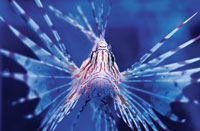 Invasive Aquatic Species
Last column, we discussed invasive species and the potentia
Invasive Aquatic Species
Last column, we discussed invasive species and the potentia
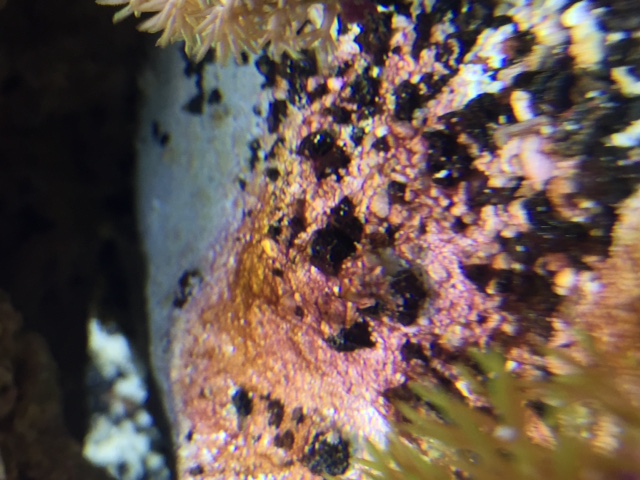 Red Algae in Marine Aquarium
Q. Ive been keeping saltwater fish for about five years, and
Red Algae in Marine Aquarium
Q. Ive been keeping saltwater fish for about five years, and
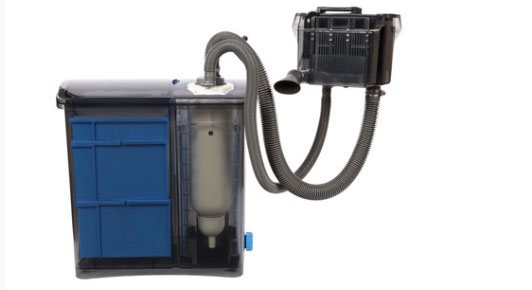 Aquarium Filtration Done Right
Today, keeping unique aquatic species is now commonplace tha
Aquarium Filtration Done Right
Today, keeping unique aquatic species is now commonplace tha
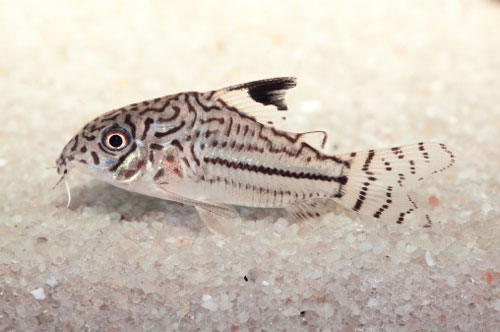 Keep Your Aquarium Clean With These Tank Tools
Success in maintaining a freshwater system takes applied kno
Keep Your Aquarium Clean With These Tank Tools
Success in maintaining a freshwater system takes applied kno
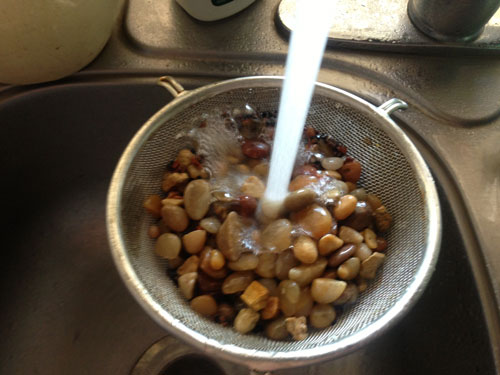 How to Get Rid of Cloudy Aquarium Water
Occasional cloudy water is an issue for nearly all aquarists
How to Get Rid of Cloudy Aquarium Water
Occasional cloudy water is an issue for nearly all aquarists